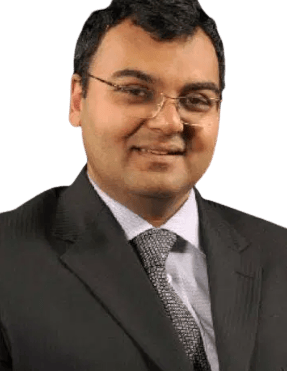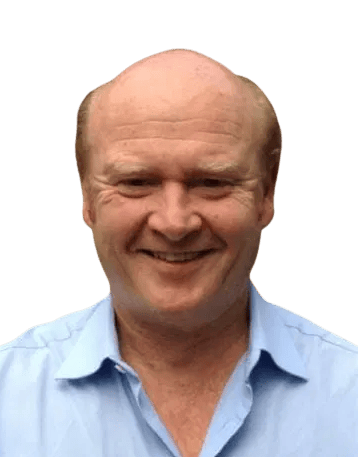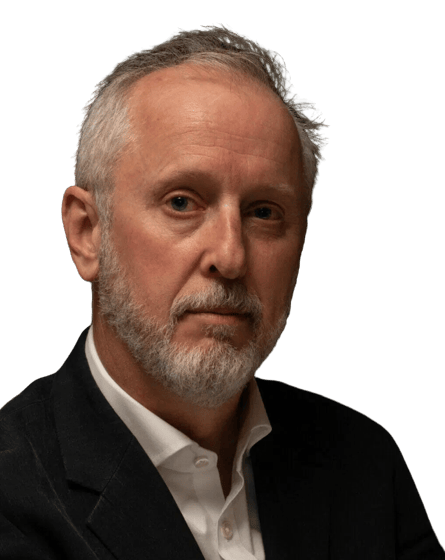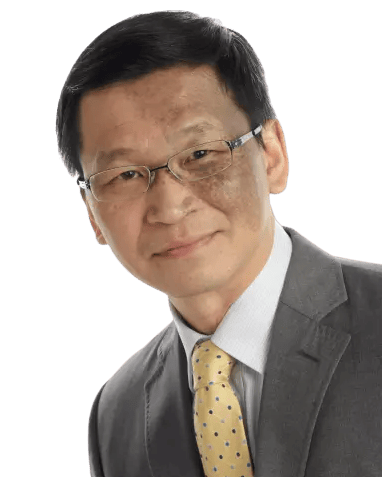Hand Surgery (Dupuytrens Fasciectomy)
Dupuytren's Contracture
Dupuytren's disease is an inherited condition where scar-like tissue forms just beneath the skin of the fingers and the palm of the hand and causes it to thicken and become hard. Eventually, over time, the fibrous tissue can contract and force one or more fingers to curl up into the palm; making it impossible to straighten the fingers. This is known as Dupuytren's Contracture.
Why you might need treatment for Dupuytren’s Contracture
Although the exact cause of Dupuytren’s Contracture is not known, the disease can be inherited. You will require treatment when the affected finger can no longer be fully extended as a result of scar tissue which has formed in the palm of the hand.
In most cases, this develops slowly over the course of a few years, although there have also been very rare instances where Dupuytren’s Contracture has developed rapidly. The disease is more common in males over the age of 50.
What are the benefits of treating Dupuytren’s Contracture?
Patients with Dupuytren’s Contracture will seek treatment when scar tissue is prohibiting full movement in the affected finger(s).
Some of the benefits include:
- Reduced recurrence of the condition
- More functionality in fingers
- The possibility of preventing progression of early-stage Dupuytren’s Contracture.
What Does Dupuytren's Contracture Involve?
Your surgeon will make a range of small incisions cutting into the fibrous band in the palm of your hand. This will allow the surgeon to then remove any affected skin and replace it with skin grafts where appropriate. There are a variety of anaesthetic options available, which will be discussed with you prior to surgery. There are also minimally invasive procedures available which can be discussed during your consultation. Whichever option you choose, it is essential to think about the potential positives and negatives- our surgeons are here to guide you and help you make the best decision.
Recovery Time
It can take up to six months with physiotherapy to fully realise the benefits of the procedure. Patients are usually able to go home the same day following surgery and can return to light activities immediately. However, strenuous work and sports are not allowed for a week postoperatively. For those patients who have opted for a minimally invasive procedure, a splint may need to be worn at night time.
Consultants that perform this procedure
Find out more about the McIndoe Centre
We provide outstanding patient experiences
As a nationally recognised hospital of excellence in plastic, reconstructive, ophthalmic and maxillofacial surgery, we have demonstrated ourselves to be: effective, responsive, caring, safe and well-led. Recently rated ‘good’ by the CQC, we are committed to treating our patients and each other with kindness, respect and dignity resulting in life-changing outcomes.
Patient testimonials
Find out what it’s like to be a patient, from the people who matter the most.













